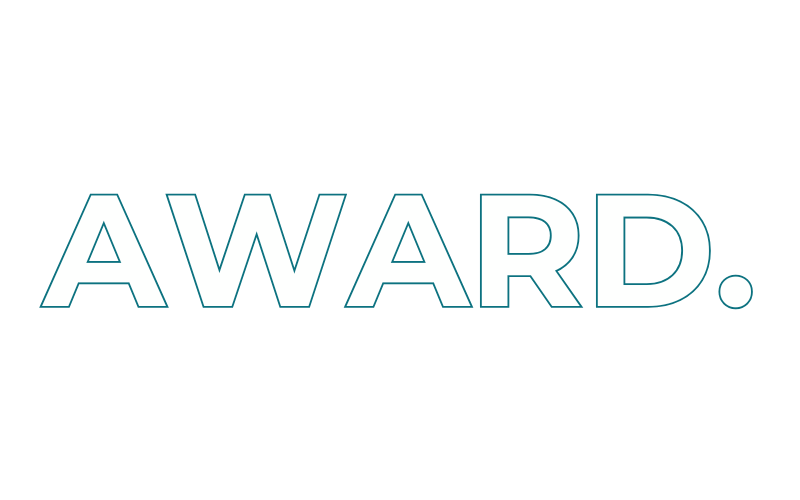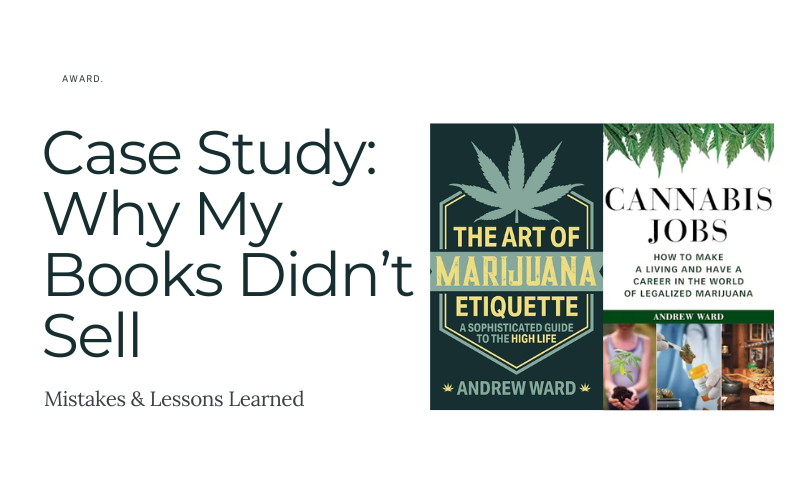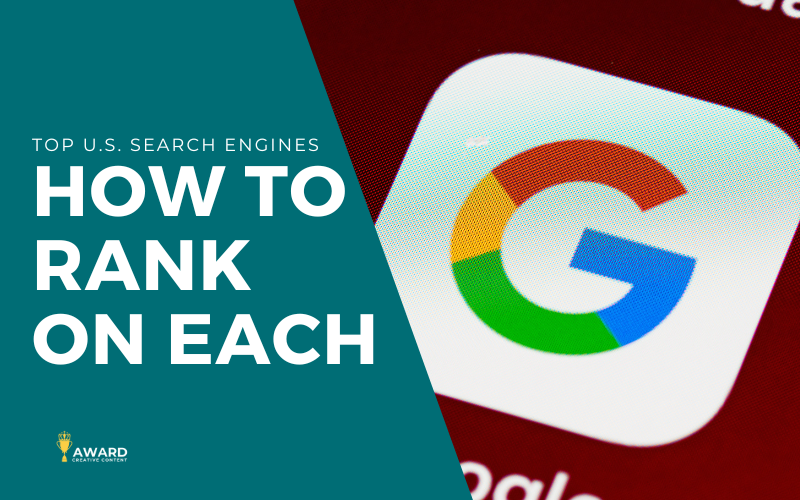In 2019, I embarked on an exciting journey to publish my first book, Cannabis Jobs, followed by The Art of Marijuana Etiquette in 2021. I poured everything into these projects, believing they’d be my big break. But reality had other plans.
Despite my efforts, both books quietly faded away without generating much in terms of book sales or buzz. Instead of shying away from this experience, I’m here to break down the key factors behind the limited book sales and what I learned along the way.
Background: Why My Books Fell Short
Writing and publishing a book is challenging, but achieving book sales is a whole other story. Looking back, I realize that several hurdles contributed to my books’ limited impact, from marketing gaps to voice misalignment.
Here’s a breakdown of the main issues and what I took away from each in this book sales case study.
Challenges and Key Takeaways
Lack of Marketing Support
Challenge: One of the biggest obstacles I faced was the lack of marketing support from my publisher. Although I’d received help from industry friends like Evan Nison and NisonCo PR, SEO, and Content Marketing for Cannabis Jobs, the follow-up support for Marijuana Etiquette was minimal. By the time my second book launched in 2021, I realized I hadn’t asked the right questions to confirm a solid marketing plan, leaving me to handle most of the promotion on my own.
I tried doing some marketing on my own, but already feeling stretched thin with my freelancer bandwidth, I didn’t deliver on the marketing support I should’ve provided myself. Save for a few mass emails, social posts, and interviews, I wasn’t able to produce much. As such, the result was fewer book sales than I’d hoped for.
Takeaway: Always clarify the marketing plan with your publisher beforehand. If there’s limited support, be ready to take matters into your own hands or build a team of professionals who can help. I learned that it’s essential to surround yourself with people who can elevate you and your work. The support from my community was invaluable, but more formal planning would have helped me maximize my book’s reach and improve sales. Not preparing for the time needed to conduct proper self-promotion was a significant oversight on my part.
Undefined Voice in the Second Book
Challenge: For The Art of Marijuana Etiquette, I initially followed my editors’ suggestion to adopt a posh, etiquette-teacher tone to enhance the book’s humor. However, after months of trying to fit into this voice, it felt forced and inauthentic to me. I finally decided to write in my own voice, focusing on a style that felt true to the cannabis community. While the editors’ approach may have worked for someone else, I knew it wasn’t the right fit for me, and the misalignment between us likely impacted the book’s expectations. I’m proud of the authentic tone we ended up using, but it didn’t come at the detriment of the client’s intended plans.
Takeaway: Authenticity is crucial in any creative project. Stay true to your voice and style, even if it means going against editorial advice. Readers connect with sincerity and genuine expression, so don’t compromise your identity to fit a mold that doesn’t feel right. In this book sales case study, it’s clear that authenticity can be a factor in connecting with audiences. Still, make sure you and the client are aligned as best as possible.
Competition from a Well-Known Name
Challenge: Just as I finished the first draft of Marijuana Etiquette, I found out that a well-known personality with a family legacy in etiquette was working on a similar book. My immediate reaction was to shelve my project, thinking the market couldn’t support two etiquette books. However, my publisher encouraged me to continue, so I pushed forward, refining my book’s tone and content to differentiate it from the competition. Ultimately, while I believe the two books offered distinct perspectives, the timing and competing title may have impacted my book’s sales potential.
Takeaway: Be aware of the competitive landscape and be ready to pivot if necessary. Sometimes, market timing and saturation can make or break a project’s success. While I couldn’t control the timing, I could control the book’s unique positioning, which helped me create something authentic, even if it didn’t reach as many readers as I’d hoped. This lesson in timing and market awareness is an essential part of this book sales case study.
Closing Thoughts
Despite these challenges, I don’t regret the journey of writing and publishing these books. I’m grateful for the people who supported me along the way, including Lulu Tsui, who connected me with incredible sources for Cannabis Jobs, enhancing the quality and depth of my work.
While my first foray into non-fiction didn’t achieve the success I’d envisioned in terms of book sales, I’m not giving up. My passion for storytelling remains strong, and I’m turning my focus to fiction—a world where I can fully explore my creativity and bring my ideas to life. I’m currently working on three horror novels and am determined to see them through.
The journey may not have gone as planned, but every experience has a lesson. As long as I’m learning from the present and the past, I’m optimistic about what’s next. In my next post, I’ll dive into the unconventional story of how I got my book deals and offer advice for aspiring authors on what to consider before signing with a publisher.
More Posts from AWARD About Book Publishing
Check out more from AWARD about Andrew’s foray into the world of non-fiction book writing and marketing:




